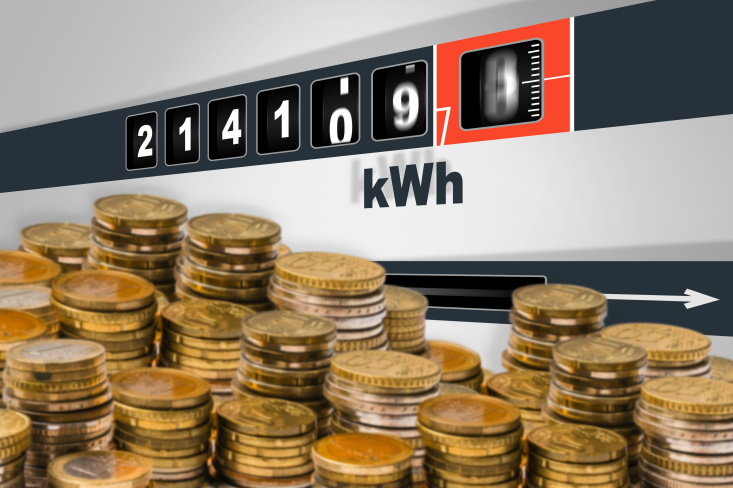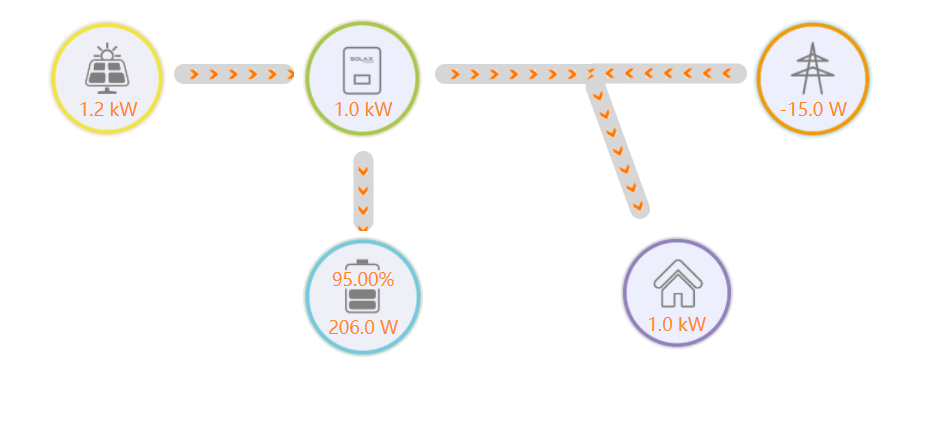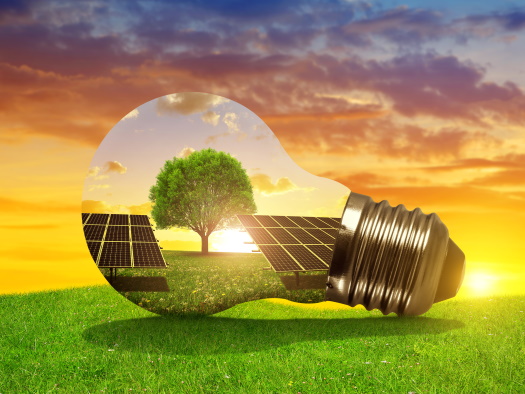Do you recognise these issues?
Recently we asked our clients about the recent increase in energy costs and the responses were interesting.
- Most were worried about the increasing energy prices but didn’t see what they could do to influence spiralling costs.
- Real worry that power would be unreliable because of the war in Ukraine and possibilities that oil pipelines would be closed.
- How do I go green just from a morale point of view?
The facts
Here are some facts about typical usage that may help you understand:
Servers
A small office server consumes about £1000 of electric every year.  This is because it uses 400W every hour for 24 hours a day, 365 days a year.
This is because it uses 400W every hour for 24 hours a day, 365 days a year.
Computers and laptops
In comparison a PC consumes about £50 a year.
This is because a user normally turns a PC on for 8 hours a day and is available for work 220 days a year. An average PC uses 25% of the power of a server while it is on.
TV’s , Printers, Phone Chargers
We measured the TVs, printers and charges etc in our office and on average they consumed 20W of power. We are lazy and leave them plugged in for convenience. However each device costs about £50 a year to operate.
Feed In Tariff
The sales price of self generated electricity (where you sell excess generation back into the grid) or “feed-in tariff” was always planned to decrease over time. It was an incentive nearly a decade ago to encourage people to switch to greener energy and has done its job. Now we need to think about taking control of our own usage and avoiding cost rather than profiting from “green tech”. What I mean by this is that if we all produce sufficient to provide our own needs locally then the demand on the central generating system decreases. It means that we stop paying for electricity because we generate ourselves.
So what can you do? – Green thinking
It’s clear that the your server will be the biggest consumer. Can you move to the cloud and eradicate the server. That’s the subject of a different post however its a possibility. The challenges are how do you keep central management of PC’s bandwidth, passwords without some form of server? The extra management could also increase costs. However there are benefits from easy data access around the globe, easier collaboration etc.
The alternative is solar power just for the server. This makes the installation easier, reduces installation costs and gives the biggest improvement.
At Andisa we are testing Solar alternatives and they seem to be working. A simple Solar installation costing £5000 is able to run the server and double as a battery backup power supply when there is a power cut. In fact a 3KVA battery backup would cost a similar amount. The difference is that the Solar system will take energy from the Sun to charge it’s batteries and run. We have fitted 10 solar panels on the roof, a 5KVA inverter charger and a set of batteries.
It is true that the feed-in tariff has been reduced to the point where you cant make profit by selling energy back into the grid. However the removal of the cap on electric pricing means that you can save so much by self use that Solar is a sensible way forward.
By focussing on the heavy consumption items – in our case the servers we have created a system that can generate power for up to 15 hours a day and double as protection against power cuts.
The picture is live from our system.

It was taken 10am on a day with about 60% cloud and some blue sky. As you can see we have a 1Kw load (house icon) and we are generating 1.2K from the solar panels (left hand icon).
That means we were also charging the batteries for us over night.
We chose to have 5 days worth of batteries and the whole system cost £10000 however a system with 24 hours run time would cost half that! However even the larger system will pay back in 4 years.
From that point onwards there are no costs. As electric prices spiral we stand to save more and more.
 The starting point is to understand how much power your equipment – particularly the server and infrastructure consumption. If you understand where your biggest usage is then you can focus your investment to maximise the return.
The starting point is to understand how much power your equipment – particularly the server and infrastructure consumption. If you understand where your biggest usage is then you can focus your investment to maximise the return.
You can also simplify the task by only installing alternative technology where it is needed rather than using it wholesale across your building.
Andisa has equipment that can monitor consumption over a period of time and can help with the initial energy survey. Once you understand consumption we can help guide decisions that will reduce costs.
So if this resonates with you, and you are ready to learn how to optimise your IT power needs, consider alternatives and get the feel good factor by helping the environment then Andisa is ready to work with you.
Why not give us a call?






